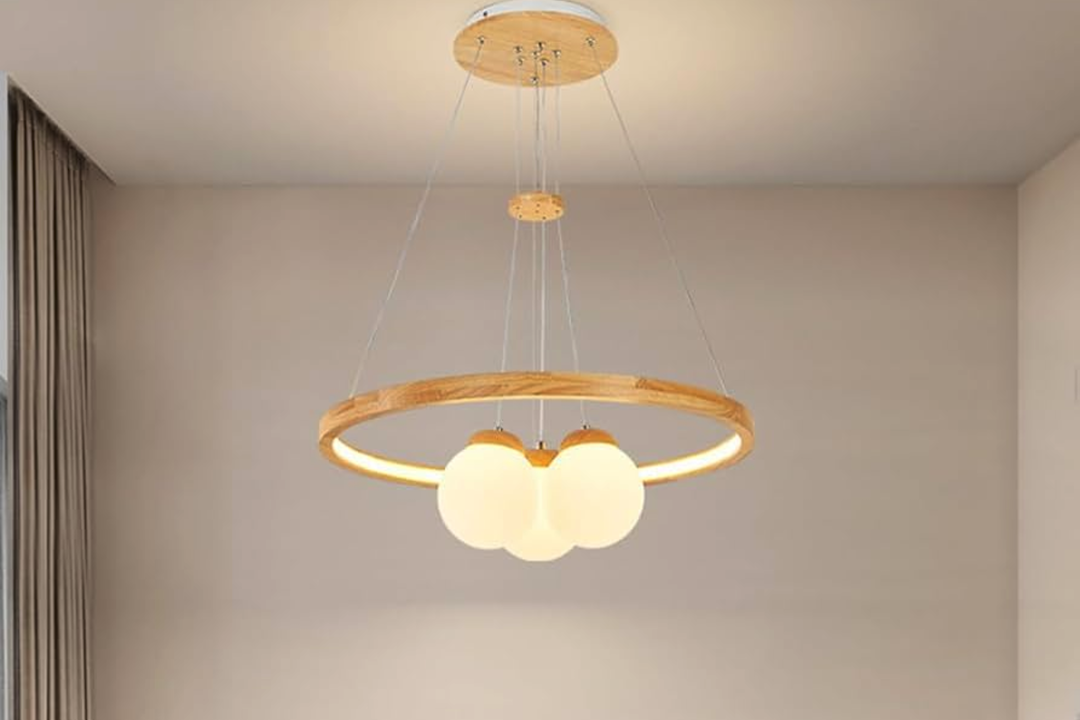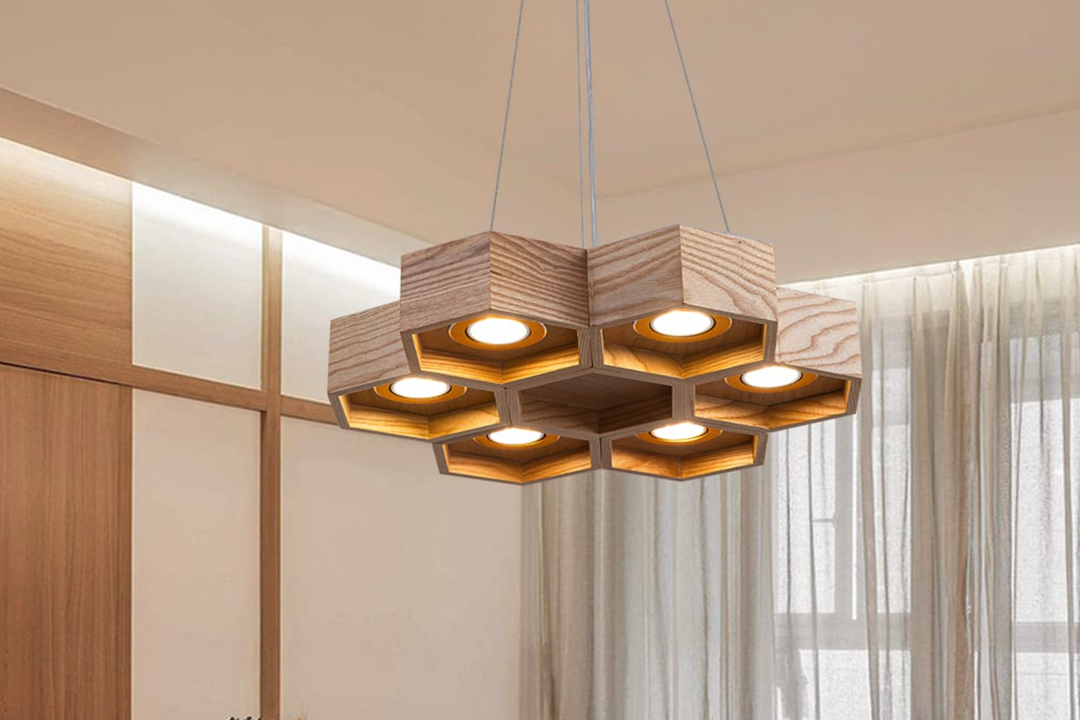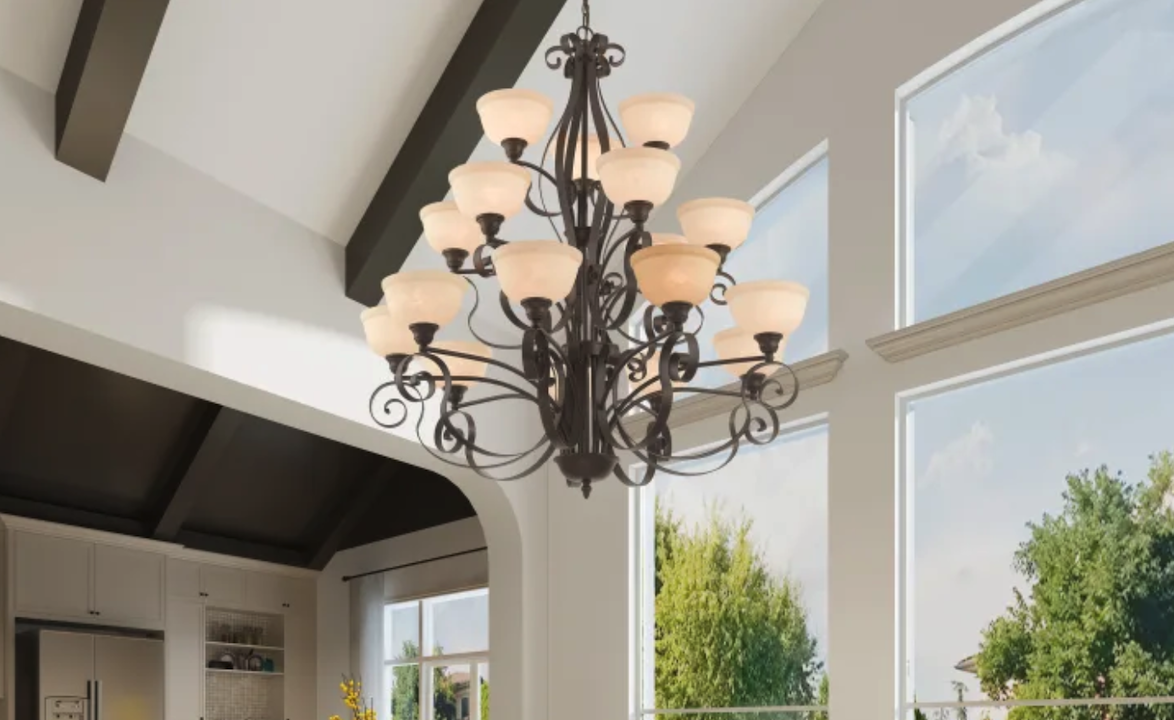The History of Danish Lighting Design
For many years, Denmark has been a mecca for design lovers, particularly in the area of lighting design. From Poul Henningsen’s iconic PH lamps to Arne Jacobsen’s elegant AJ series, Danish lighting design has a rich and storied history.
The roots of this tradition can be traced back to the early 20th century, when Danish designers began to experiment with the sleek, minimalist aesthetic that would become their trademark. Drawing inspiration from the new technologies of the era, as well as the natural beauty of their surroundings, these designers created some of the most stunning and innovative lighting fixtures of their time.
One of the most influential figures in this movement was Poul Henningsen, who created some of the most iconic and recognizable lamps of the 20th century. His PH series, which debuted in the 1920s and 1930s, was an exercise in simplicity, featuring a distinctive layered design that diffused light in a soft, warm glow.
Another key figure in the history of Danish lighting design was Arne Jacobsen, who created a series of elegant, minimalist lamps that remain popular to this day. His AJ series, which was designed in the 1950s and 1960s, features simple, curved lines and a sleek, functional design that has become a hallmark of Danish lighting.
The Principles of Danish Lighting Design
At the heart of Danish lighting design is a commitment to simplicity, functionality, and beauty. Danish designers believe that a well-designed lamp should not only provide light but enhance the overall aesthetic of a space.
To achieve this, Danish designers typically focus on natural materials like wood, metal, and glass, and use simple, elegant shapes and lines to create fixtures that are both functional and visually appealing.
Another key principle of Danish lighting design is the use of layered lighting, which involves combining different types of fixtures (such as floor lamps, table lamps, and wall sconces) to create a varied and dynamic lighting scheme. This approach allows designers to create different moods and atmospheres, depending on the time of day and the specific needs of a space.
The Future of Danish Lighting Design
Today, Danish lighting design is as vibrant and innovative as ever, with new designers and new technologies pushing the boundaries of what is possible. From the use of sustainable materials like bamboo and recycled plastic to the integration of smart home technology, the future of Danish lighting design is both exciting and sustainable.
One of the most promising trends in Danish lighting design is the use of LED technology, which allows designers to create fixtures that are not only energy-efficient but also incredibly versatile. LED lamps can be dimmed, color-tuned, and even controlled via smartphone apps, allowing users to customize their lighting experience to their exact preferences.
At the same time, Danish designers continue to explore the use of natural materials and traditional crafting techniques, which gives their lamps a unique and timeless quality that transcends trends and fads.



